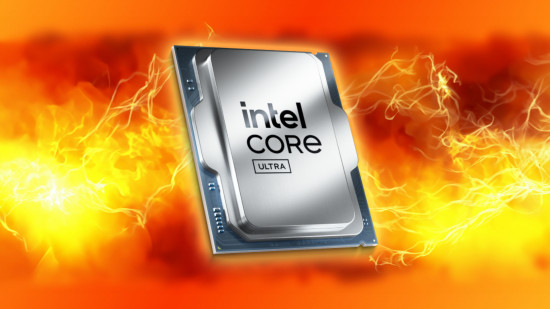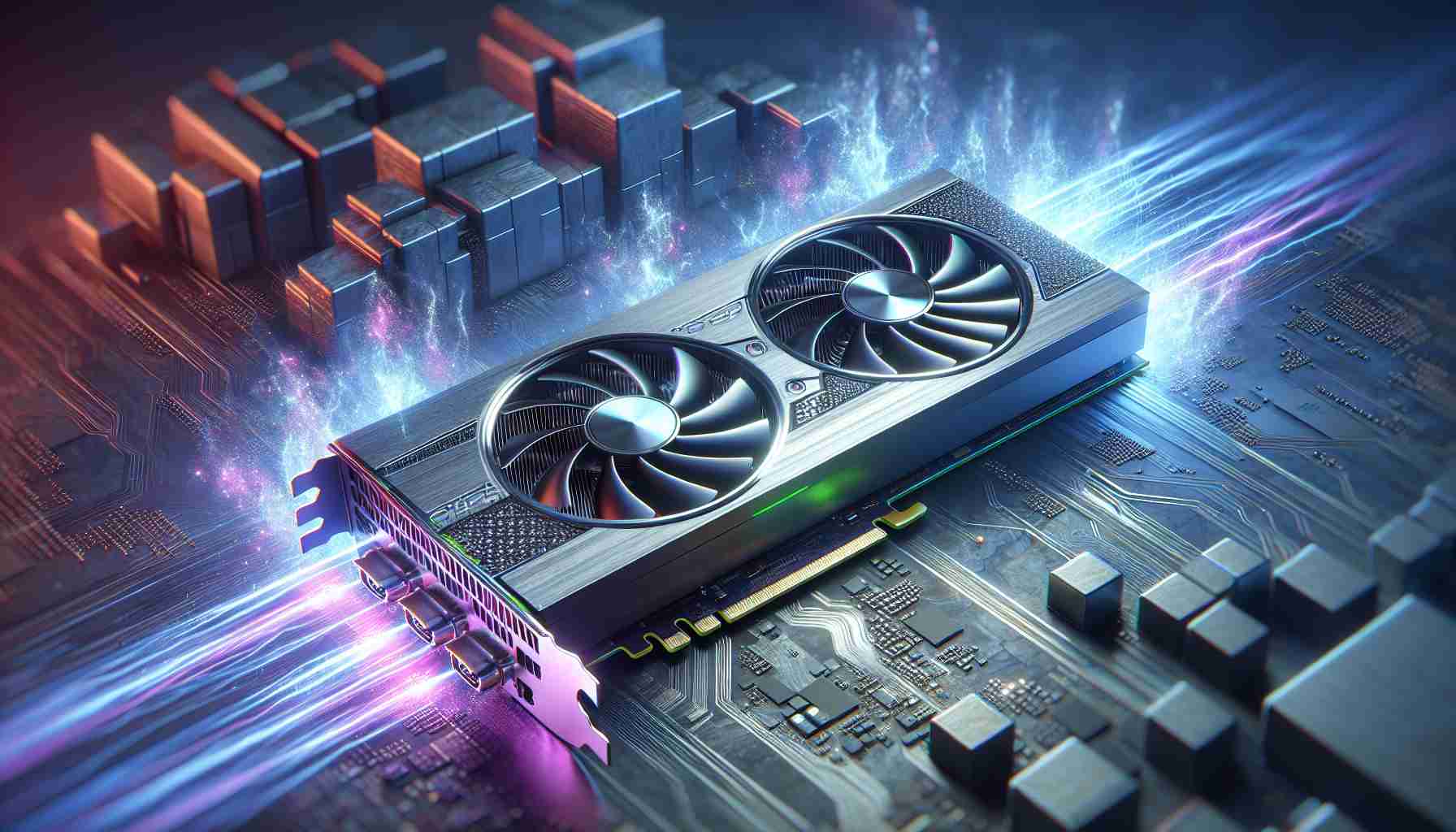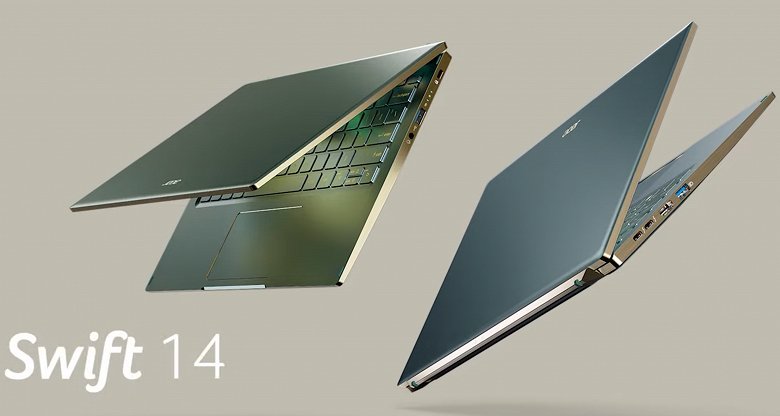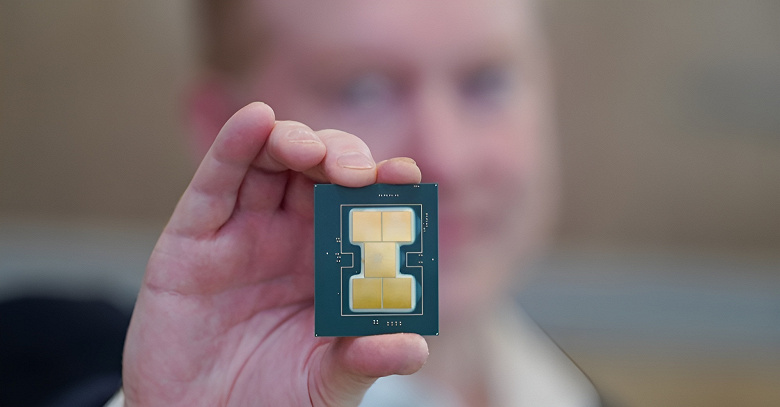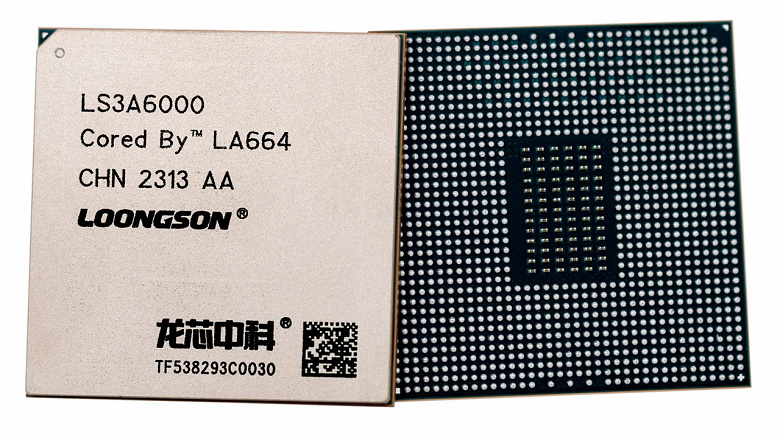Intel’s 7nm problems are paving the way for China to lead the way in supercomputers. And it makes the American military nervous
According to a report from The New York Times, the delay in Intel’s 7nm transition is preventing the company from supplying experimental chips to build the world’s most powerful supercomputer.
